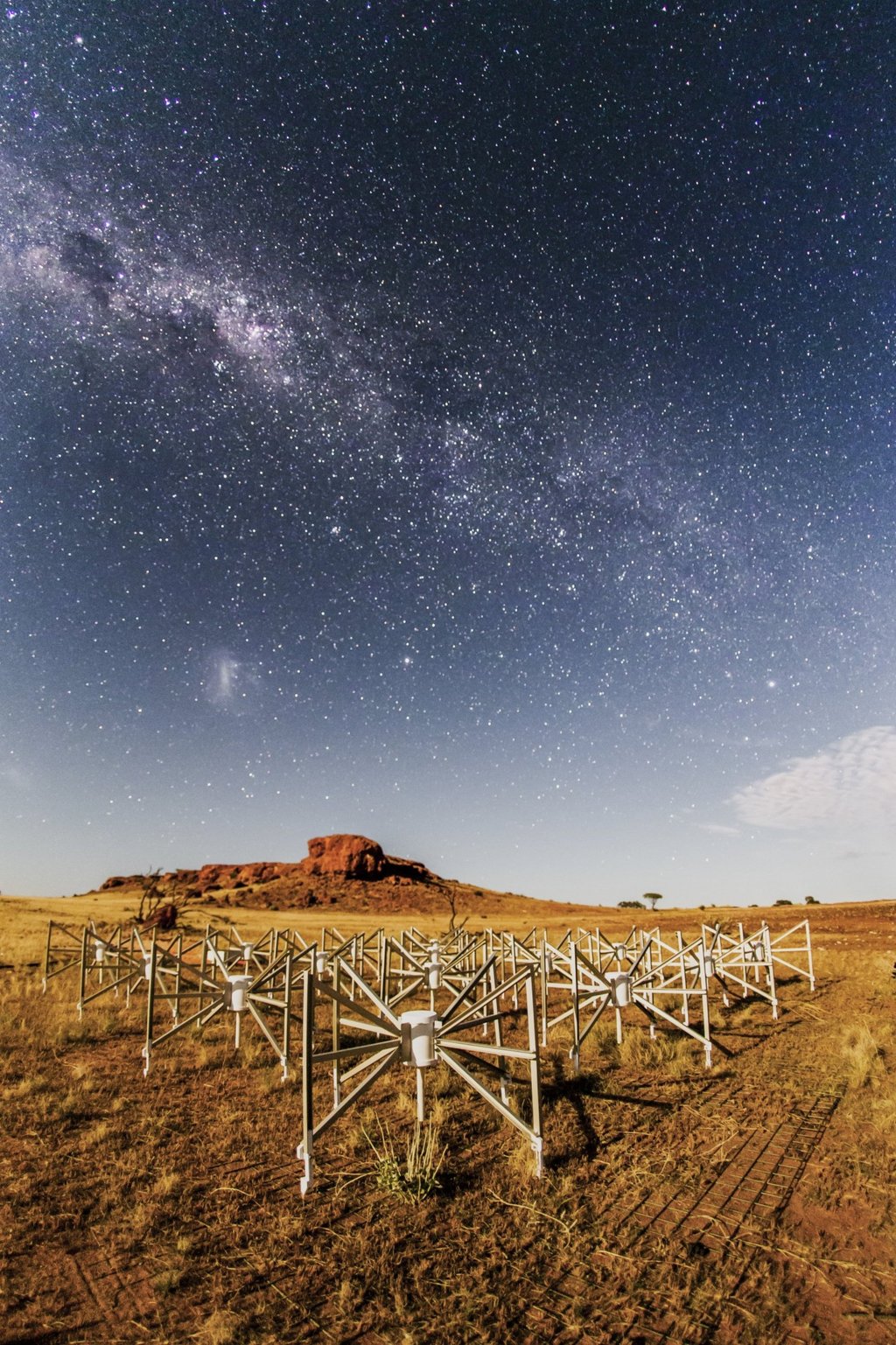Astronomers say a mystery object has been sending a radio signal from space. No, it’s not aliens
- Team in Australia and China found the object ‘in our galactic backyard’ using observations taken by a low-frequency radio telescope
- Pattern of pulses has not been seen before and they say it’s likely to be a neutron star with a very strong magnetic field or the collapsed remnant of a star

Astronomers have discovered a mystery object in the sky that was sending out a beam of radiation every 20 minutes – an unusual pattern that has not been seen before.
The team in Australia and China published their findings in the peer-reviewed journal Nature on Thursday. Their analysis is based on observations taken by the Murchison Widefield Array (MWA), a low-frequency radio telescope located in Western Australia, far away from cities where phones and other devices can cause radio frequency interference.
Lead researcher Natasha Hurley-Walker, an astrophysicist at the Curtin University node of the International Centre for Radio Astronomy Research, said the object was about 4,000 light years away, which she described as “quite close to us” and “in our galactic backyard”.
“A repeating radio signal from space – I was concerned that it was aliens,” she said. “But what’s really good about these observations is that they are over a very wide frequency range, and so are these pulses … It is across a very wide range of frequencies, and that means it must be a natural process – this is not an artificial signal.”

Astronomers call objects that turn on and off in the universe “transients”. Understanding them would allow exploration of extreme physics, like the intersection between quantum mechanics and general relativity, according to Hurley-Walker.